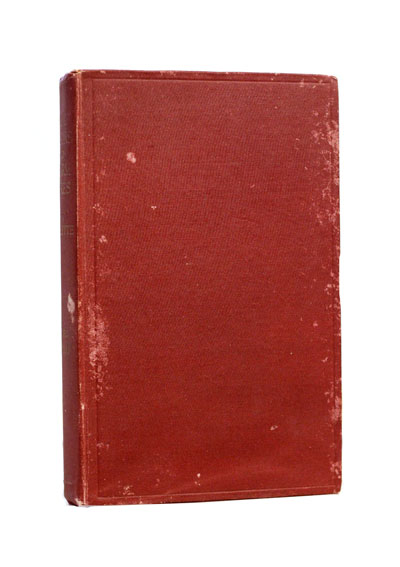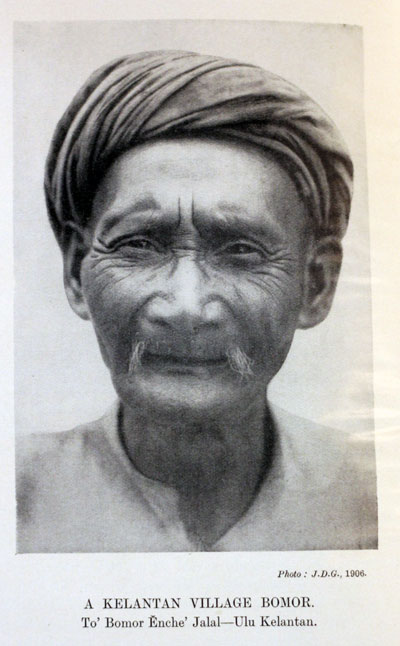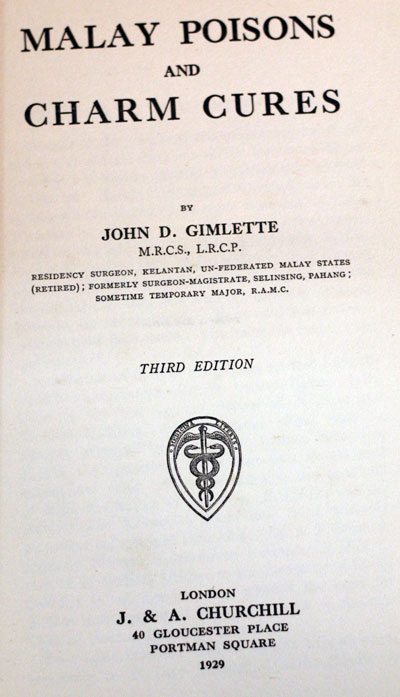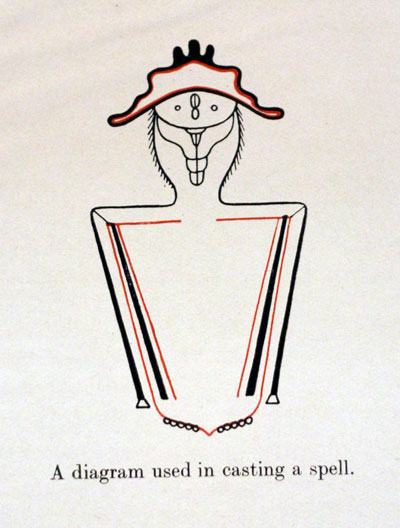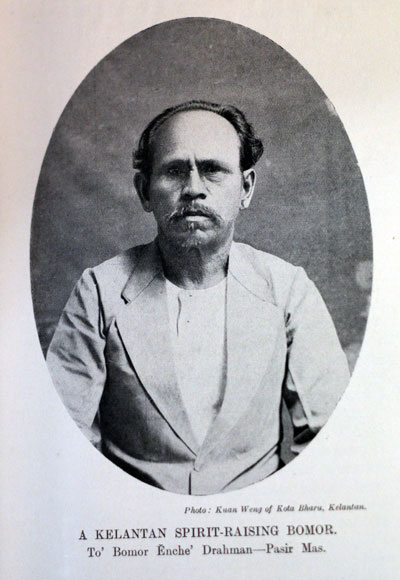An immensely valuable resource on Malay magic, healing, medicine and spells, with details of herbs, diagrams of spells, direct conversations with Bomohs and anthropological survey of Bomoh culture.
Contents:
I. Methods of poisoning and Malay charms in general
II. The work of the Bomor in relation to clinical medicine
III. Charms and amulets
IV. Black art in Malay medicine
V. Spells and soothsaying
VI. Poisons obtained by Malays from fish
VII. Other poisons obtained by Malays from the animal kingdom
VIII. Poisons obtained by Malays from jungle plants
IX. Other poisons of vegetable origin
X. Poisons from inorganic sources used by Malays
Appendix I. Spells and charms transcribed into Romanised Malay
Appendix II. Classification in natural orders of the poisonous plants
Appendix III. An alphabetical list of the Kelantan poisons.
From the preface:
Eighteen years’ service in the Government of the Federated Malay States, ten of which have been spent in Kelantan, has afforded me time and opportunity to prepare these notes. They are made from consultation with friendly Kelantan “medicine-men” (bomor or pawang) and converse with other Malay “witch-doctors” (bomor or pawang), as well as from actual acquaintance with the individual drugs mentioned. The original notes formed a paper on “Some Malay Poisons,” which is published by the Government of the
Federated Malay States.
We know very little about Malay poisons, and our knowledge, indeed, of Malay drugs seems to be confined to Ridley’s ” Materia Medica,” published in the Agricultural Bulletins of the Straits Settlements for 1906, and afterwards translated into Dutch by Professor Greshoff, of Haarlem (“De Xndische Merciiur,” 1907). I am gieatly indebted to Mr. I. H, Burkill, M.A., F.L.S., the present Director of the Botanic Gardens, Singapore, for a very great deal of help, especially in naming most of the plants. The flora of Kelantan is but little known, and many of the botanical specimens sent to him for identification have found a resting place in the Herbarium at Singapore, while others have been sent to Kew Gardens.
The ” witch-craft ” of the medicine-man is always of general interest, but the investigation of Malay medicines, poisons, and their antidotes is of special scientific interest. It presents a large field for medical research, the ground of which is hardly broken in the following pages.

